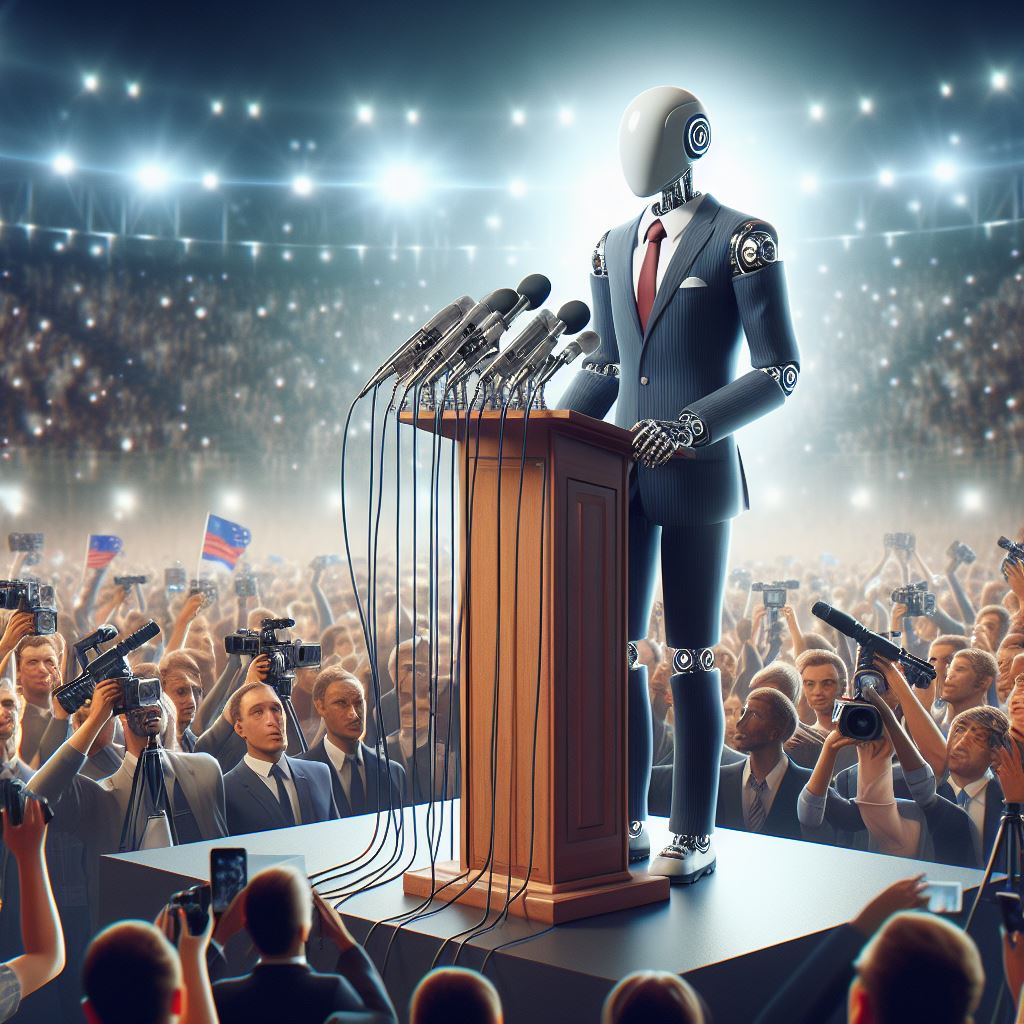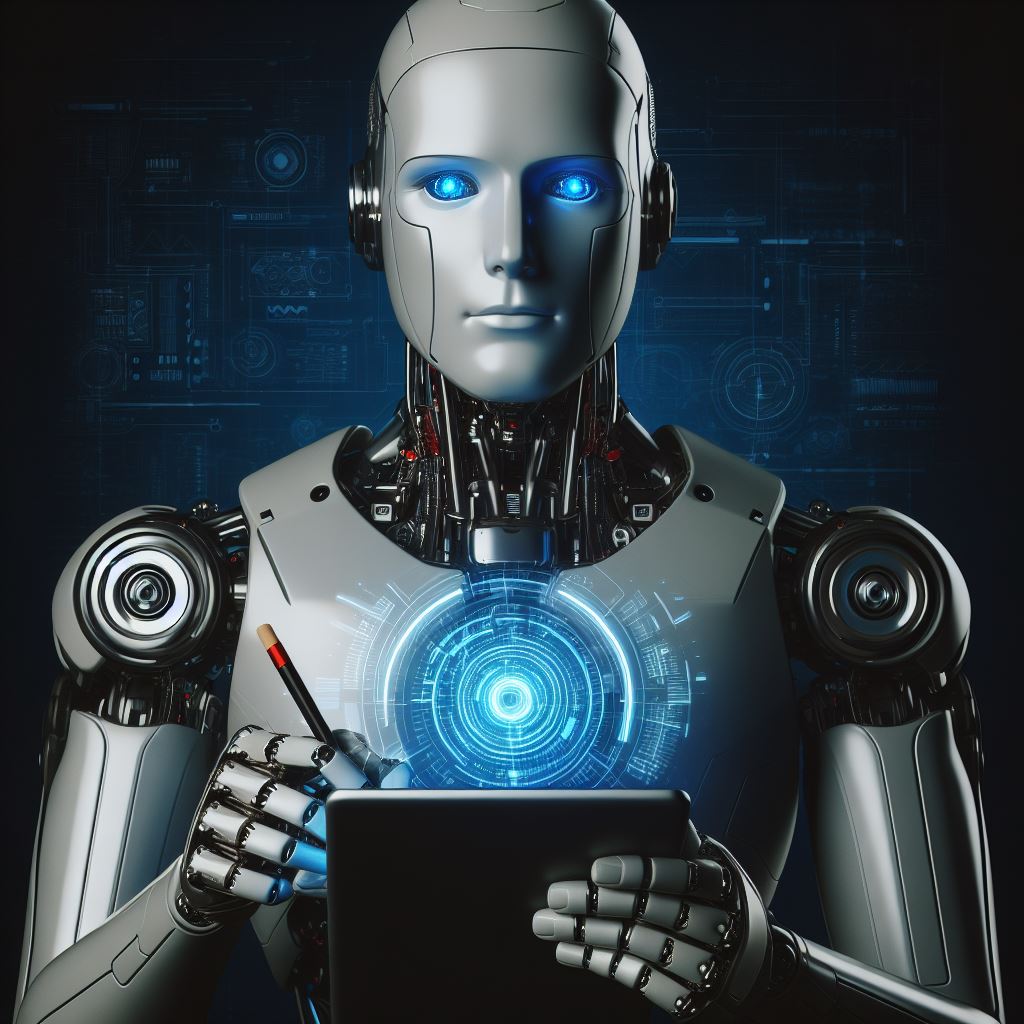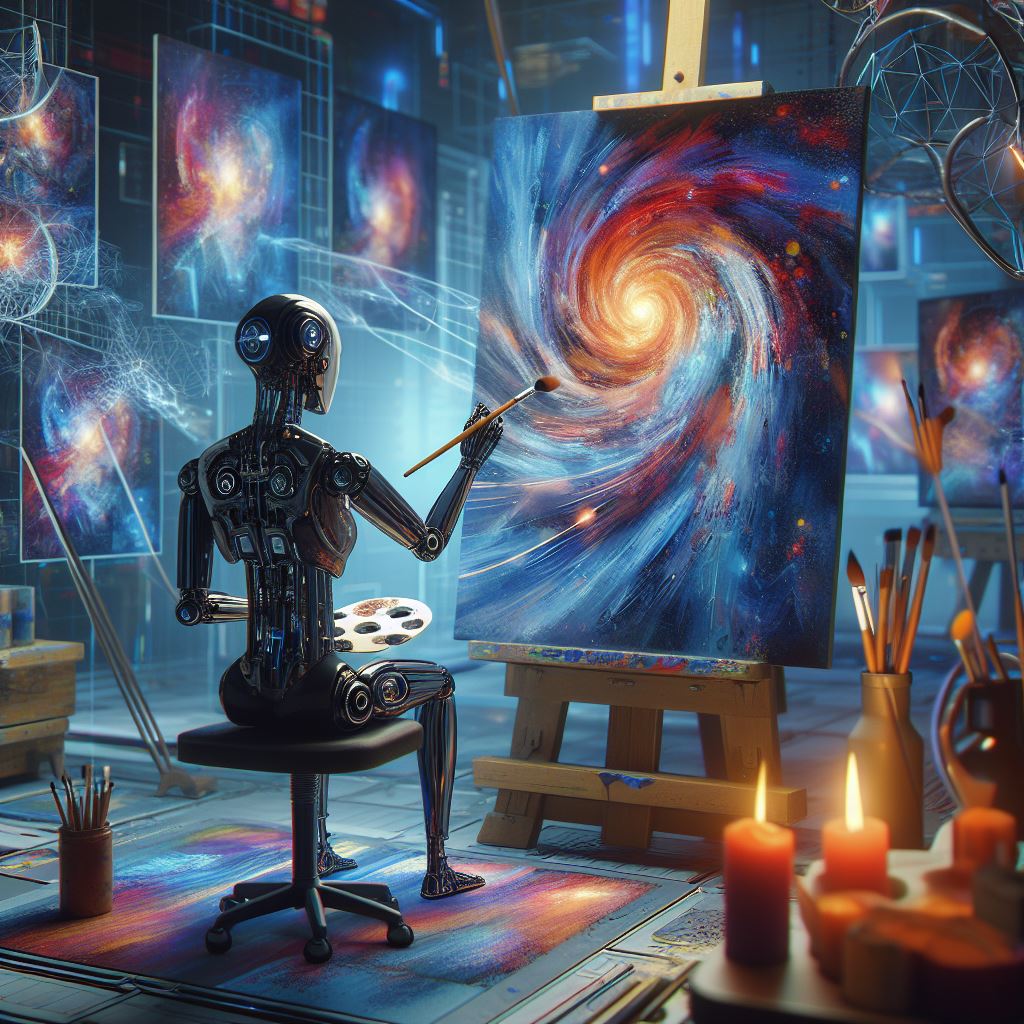The buzzword “artificial intelligence” conjures a kaleidoscope of visions: robots rising, algorithms taking over, a world rendered sterile by silicon sentience. Yet, in the cacophony of sci-fi hype and dystopian anxieties, a crucial truth gets lost: most of what we hear about AI is simply not true. Before we start prepping for Skynet’s takeover, let’s unplug some of the biggest myths about this enigmatic technology.
Want to know more about our Tech Solutions? Visit us at www.nesesho.com
Myth #1: AI is the Job Eater.
This fear-mongering trope paints AI as a ravenous beast, gobbling up human jobs with every line of code. While automation will undoubtedly reshape the work landscape, a closer look reveals a future less bleak. Yes, some repetitive tasks will indeed fall to AI’s efficient clutches. But consider this: for every job AI consumes, it creates another, demanding skills it currently lacks. Imagine designing the algorithms that power these machines, navigating their ethical quandaries, or teaching them empathy and nuance. These are just a few of the new jobs blooming in the AI era, waiting to be plucked by nimble human hands.
Myth #2: AI, Our New Overlord?
The “robot overlord” narrative is a seductive one, feeding nightmares of super-intelligent machines ruling the world with an iron fist. While movies like The Matrix make for thrilling narratives, the reality is far less dramatic. Today’s AI is, to paraphrase Einstein, a clever bicycle, not a self-aware rocket ship. It excels at specific tasks it’s been trained on, like recognizing faces or playing chess, but lacks the general intelligence and adaptability needed for world domination. Imagine trying to navigate city traffic with only the knowledge of checkers; far from conquering the world, AI struggles to tie its own digital shoelaces.
Myth #3: AI, the Emotionless Iceberg.
The image of soulless robots devoid of feeling permeates pop culture. However, the reality is more nuanced. While AI may not feel emotions in the same way humans do, it can be trained to recognize and respond to them with increasing sophistication. Imagine AI companions offering empathetic support, virtual assistants adjusting their tone based on your mood, or robots able to comfort people in distress. AI, it seems, is learning to waltz with human emotions, albeit with slightly robotic steps.
Myth #4: AI, the Plaything of Tech Titans.
The perception of AI as a playground for big tech companies can be discouraging. But picture this: AI tools are rapidly becoming as accessible as your favorite pizza delivery app. Cloud-based platforms, open-source tools, and user-friendly applications are putting AI power within reach of everyone with an internet connection. This democratization opens a world of possibilities for entrepreneurs, artists, educators, and everyday people to leverage AI for their own ventures and creative pursuits. Imagine a world where your neighbor uses AI to diagnose plant diseases in her garden, while your teenager builds an AI-powered chatbot to help classmates cope with anxiety. The future of AI isn’t confined to gleaming tech labs; it’s brewing in the basements, bedrooms, and backyards of the world.
Myth #5: AI, the Creativity Killer.
The fear that AI will homogenize art, music, and literature is a common one. However, history shows that new technologies often pave the way for artistic revolution. Remember when the printing press “killed” handwritten manuscripts? Instead, it ushered in a golden age of literature. AI, then, can be seen as a powerful tool to augment human creativity, not replace it. Imagine AI generating new ideas, collaborating on compositions, or even producing its own unique forms of art. The possibilities for human-AI creative partnerships are as limitless as our imagination.
Myth #6: AI is a Black Box.
The notion of AI as a shrouded, inscrutable black box can be unsettling. We imagine algorithms churning in some digital darkroom, spitting out decisions we can’t understand. But the reality is far more transparent. Advances in explainable AI (XAI) are making AI models more accountable and understandable. Imagine being able to trace the logic behind an AI’s decision, ensuring fairness and human oversight. XAI is opening the black box, letting us peek inside and see how the magic works.
Myth #7: AI is a One-Size-Fits-All.
The fear of AI homogenizing everything, from art to language to society, is understandable. We picture a world devoid of diversity, where AI dictates everything in its monotone voice. But the beauty of AI lies in its adaptability. AI models can be trained on diverse datasets, reflecting the richness and nuance of human culture. Imagine personalized AI experiences, tailoring interactions to individual preferences and cultural contexts. AI, it seems, can celebrate diversity, not erase it.
These seven myths, once unplugged, reveal a picture of AI far more nuanced and promising than the dystopian narratives often painted. It’s time to move beyond the fear and embrace the potential of AI as a collaborator, a tool, and a catalyst for a better future.
Want to know more about our Tech Solutions? Visit us at www.nesesho.com



